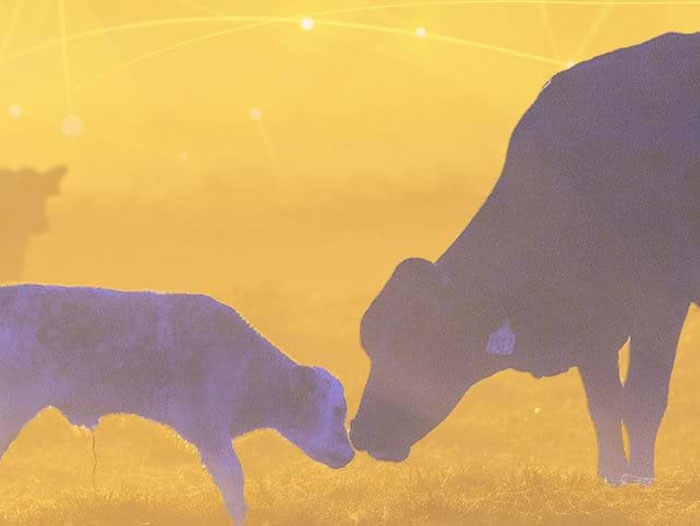Beef Cow-Calf Production Continues to be a Lifestyle Choice for Some Farmers
September 3, 2024 | 1 min to read
The cow-calf stage of beef cattle raising remains integral to the U.S. agricultural landscape, characterized by diverse farm revenue and practices. According to the USDA, about 33 percent of U.S. farms had at least one beef cow by 2022, with over 55 percent owning fewer than 20. Many cow-calf operations reflect a lifestyle choice for farmers, driven by motivations related to farm size and owner characteristics. Researchers identified three categories of farms: rural residence, intermediate, and commercial.

The cow-calf stage in raising beef cattle is part of the U.S. agricultural landscape, with a wide variation in farm revenue and production practices across the States. Unlike other sectors in which farms are becoming larger, a relatively high percentage of beef cow-calf enterprises are still small scale.
According to the USDA, National Agricultural Statistics Service’s latest Census of Agriculture, more than 622,000 of the 1.9 million U.S. farms—about 33 percent—had at least one beef cow at the end of 2022. Of those farms, about 55 percent had fewer than 20 beef cows.
In 2011, USDA, Economic Research Service (ERS) researchers suggested beef cow-calf farming was likely a “lifestyle choice” for many farms based on factors including farm size and owner characteristics. A more recent ERS study showed cow-calf farming continues to be attractive to many farmers for whom lifestyle is likely a primary motivator of farm decision making.
Today’s beef cow-calf operations vary by size, occupation of the primary operator, and income. Using these distinctions, researchers identified three categories of farms for the study: rural residence, intermediate, and commercial.
To read the rest of the story, please go to: USDA’s Amber Waves
